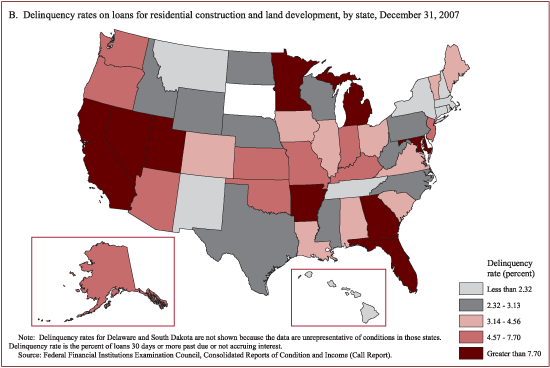The French paper Le Figaro has been quick to announce that Airbus is not at fault for the crash of Air France flight 447. Only a few weeks ago the black boxes were discovered 13,000 ft under the surface of the ocean after a two year hunt. The paper says it is very unexpected to find usable data under those conditions:
Un dénouement aussi rapide était assez inespéré il y a quelques mois encore. L’épave de l’AF 447 a été découverte il y a tout juste six semaines. «Tout ce qui se passe depuis la découverte de l’épave : la localisation des boites noires, leur remontée et le fait qu’elles soient encore totalement lisibles après avoir passé deux ans par 4000 mètres de fond, est totalement extraordinaire », rappelait lundi soir une source gouvernementale.
They seem less surprised that Airbus has been so quickly found not at fault (était hors de cause):
Les enquêteurs du Bureau d’enquêtes et d’analyses (BEA) ont pu exploiter dès ce week-end les données du Data Flight Recorder (DFDR), l’une des deux boites noires, qui a enregistré les paramètres du vol et en conclure assez rapidement que l’Airbus A 330 était hors de cause.
The investigation will, of course, continue and expand to include operator data from le Cockpit Voice Recorder (CVR) and controls (les actions de l’équipage dans le cockpit).


